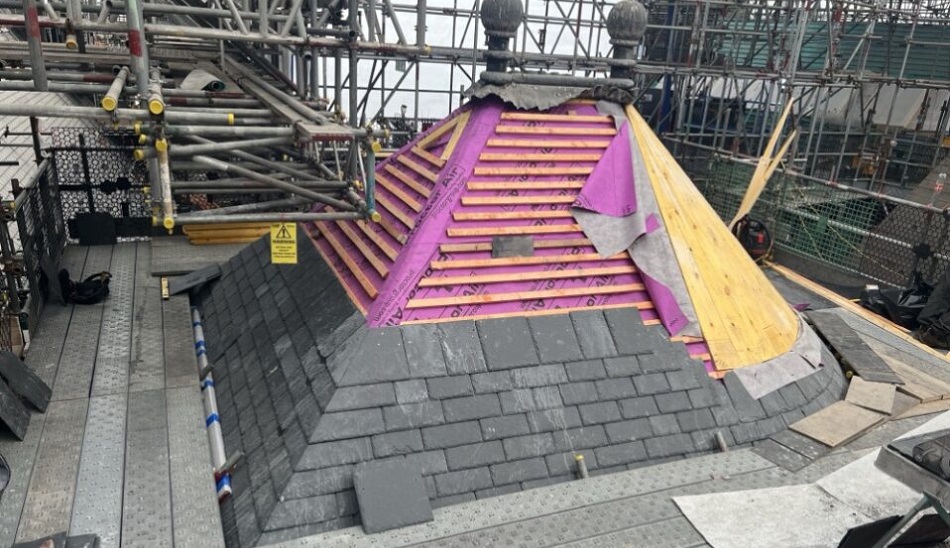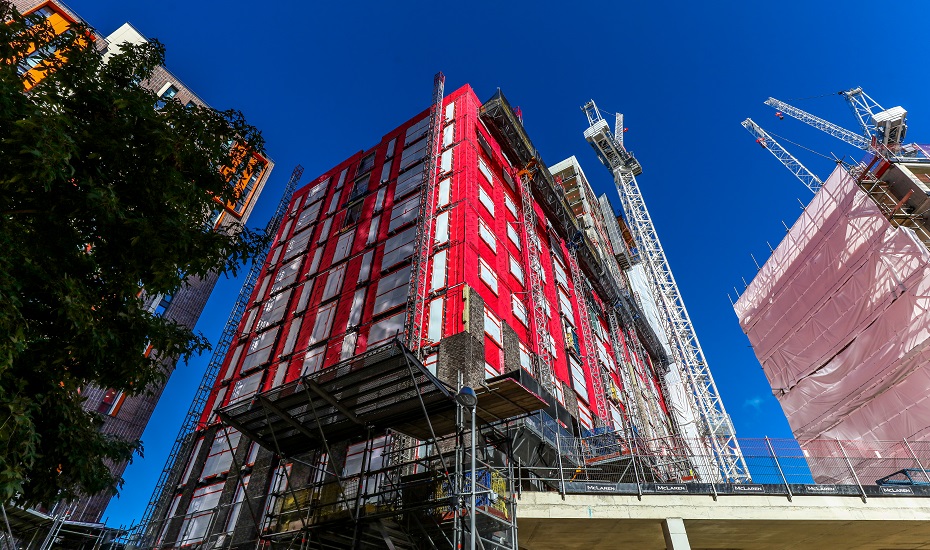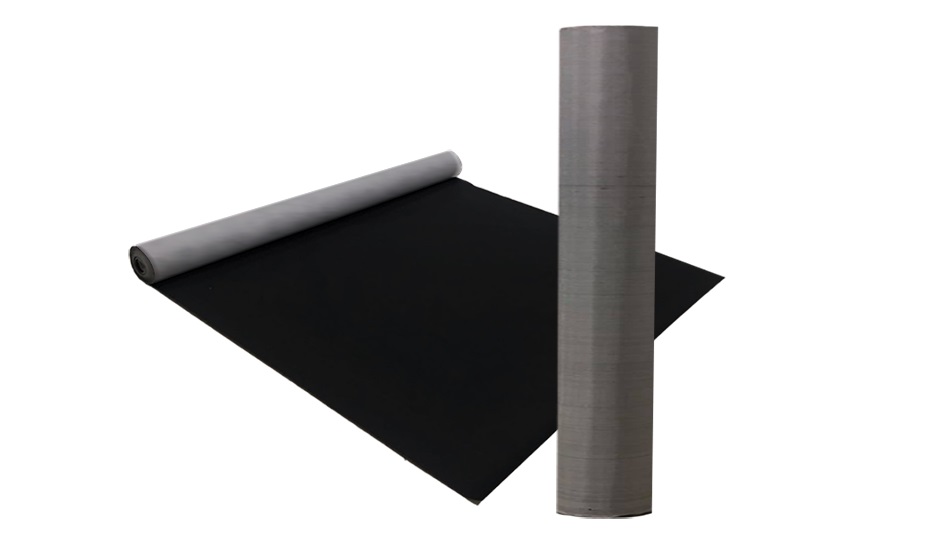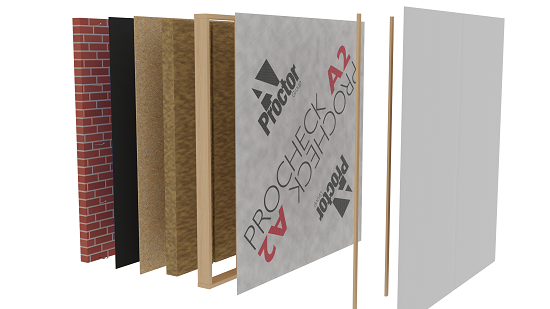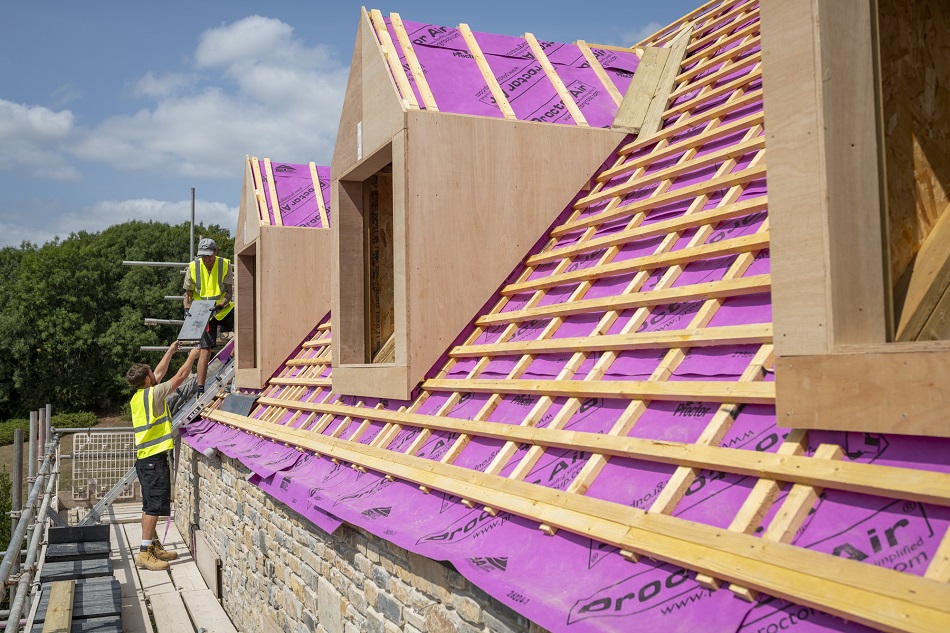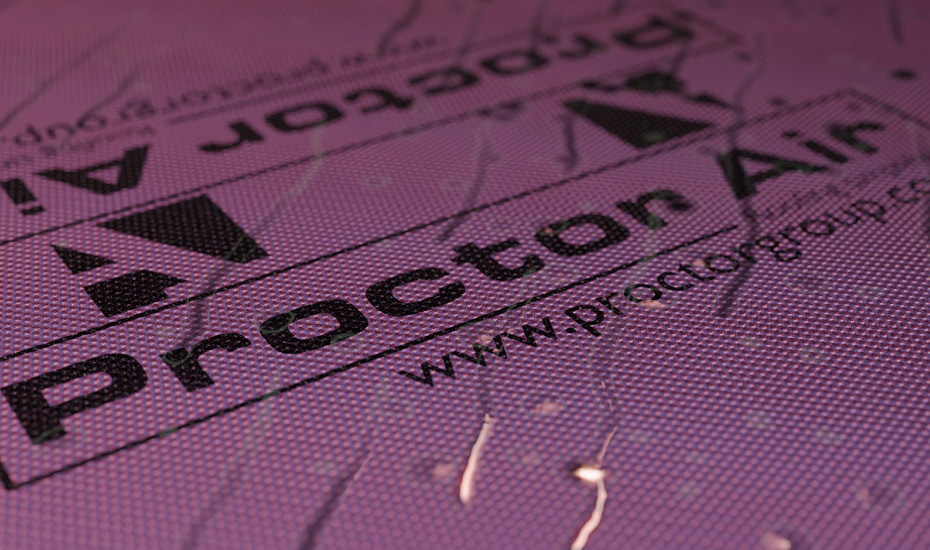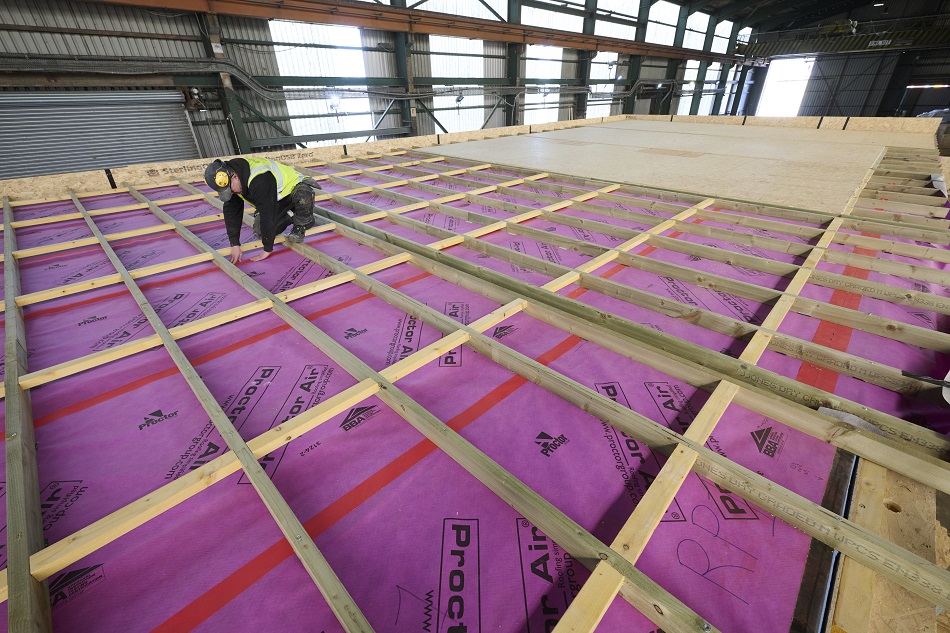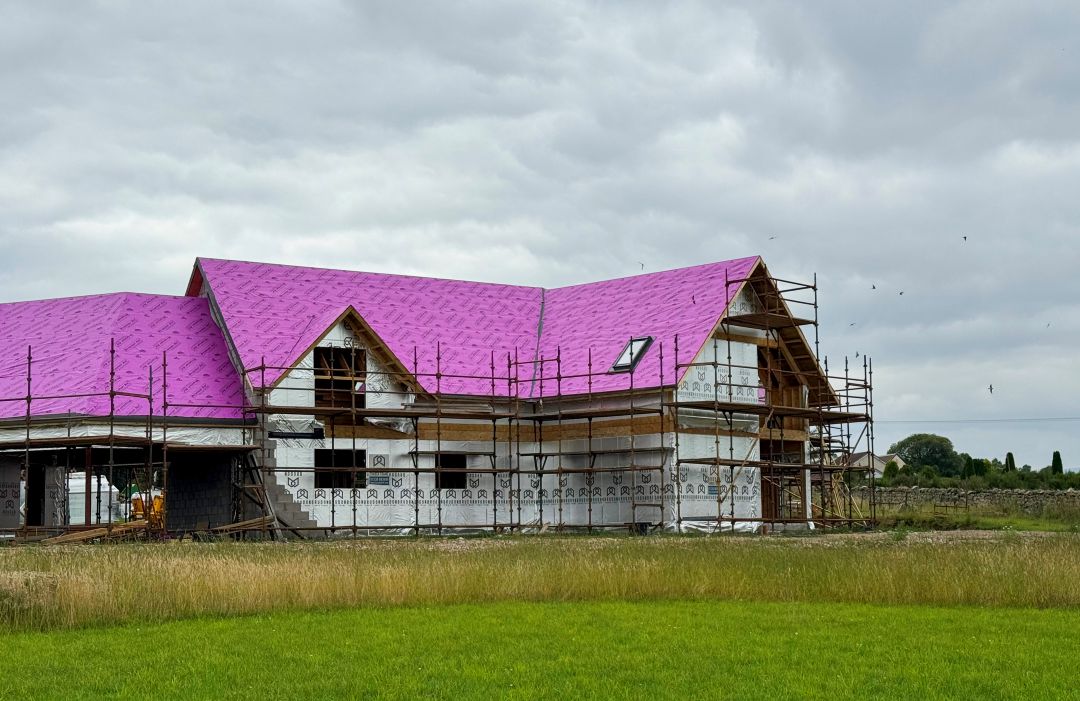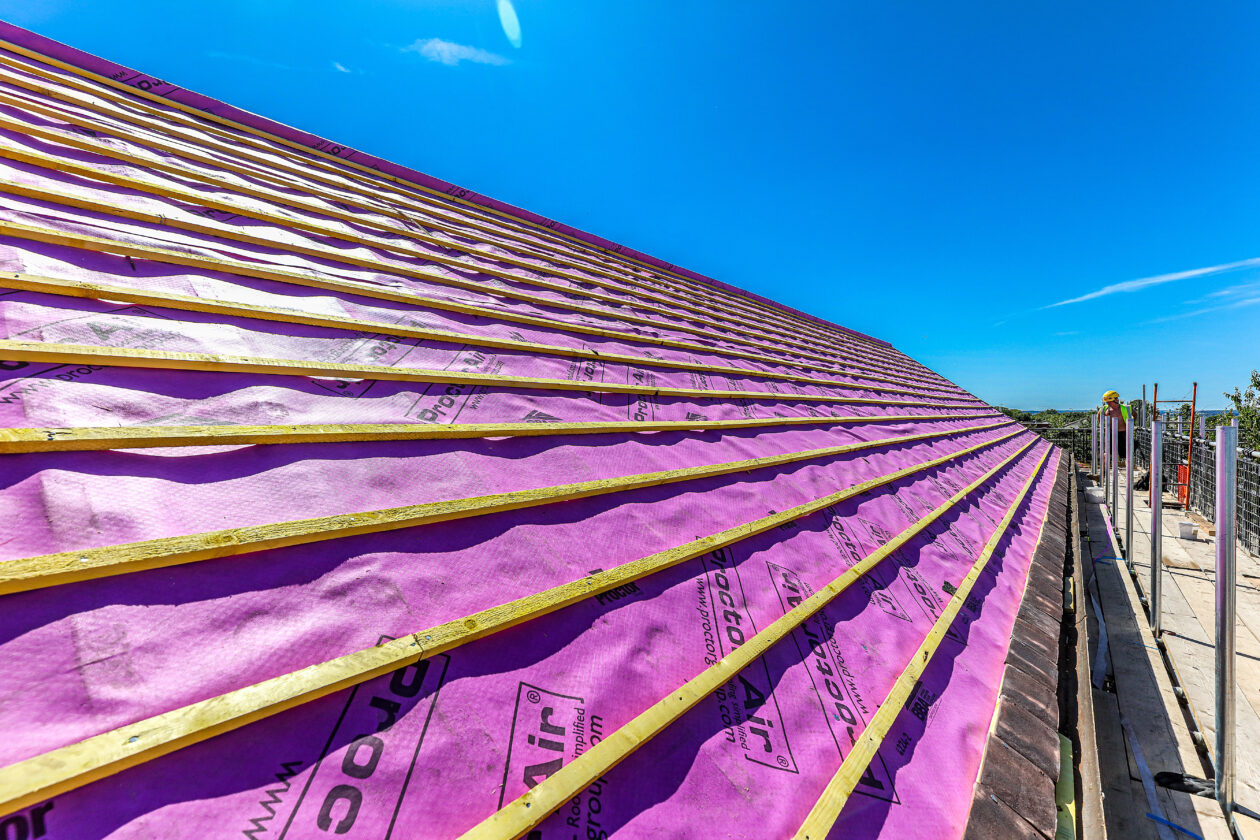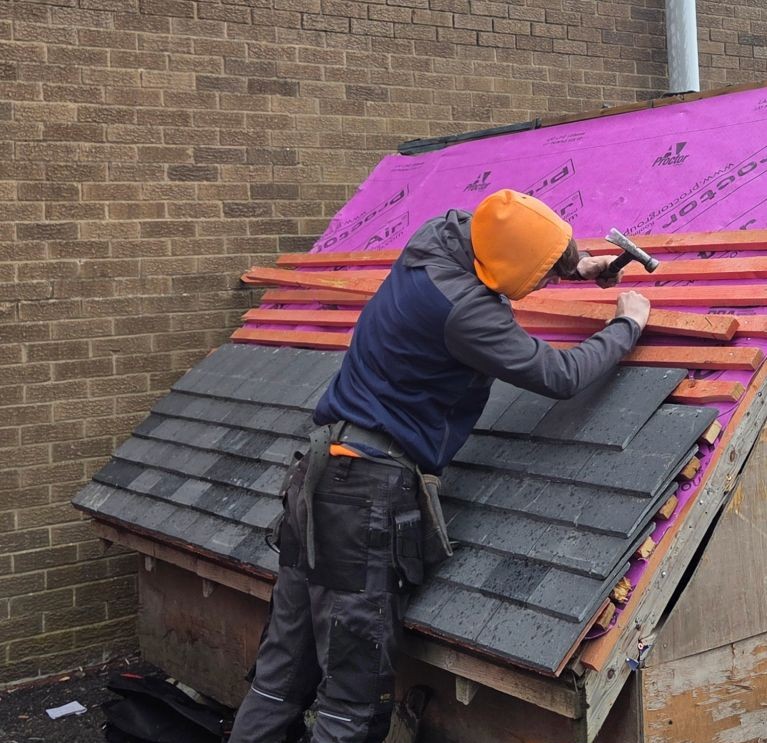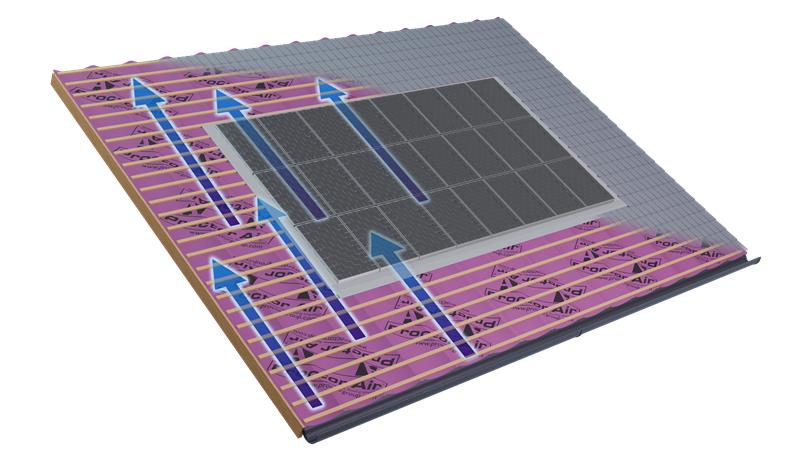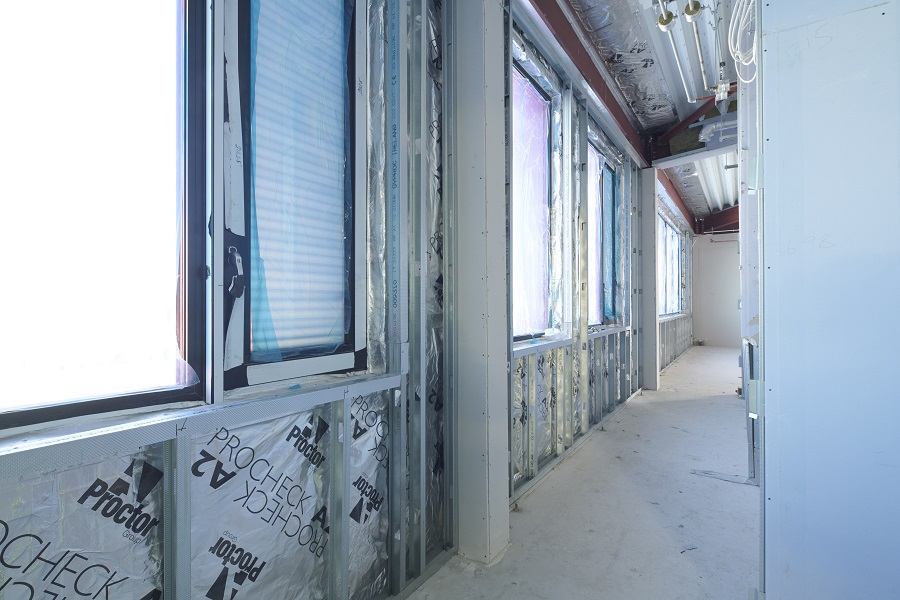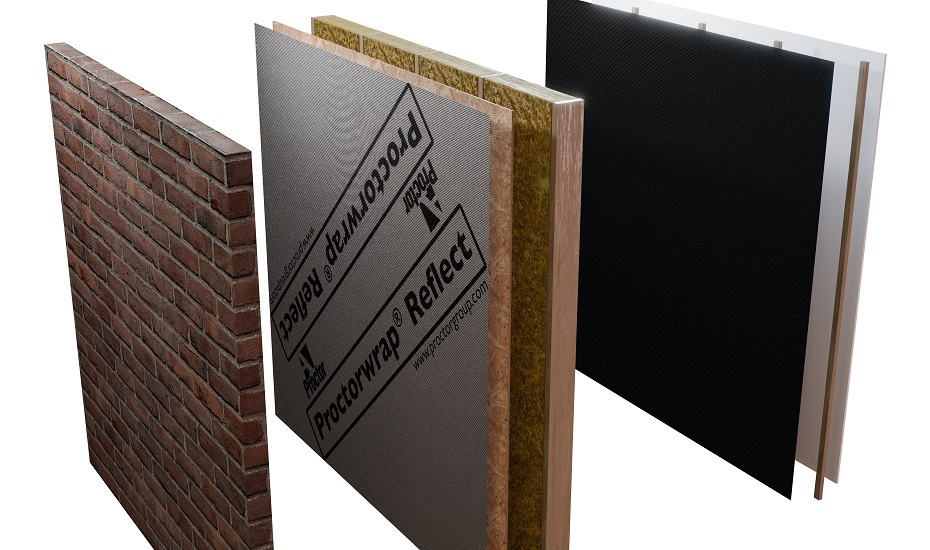What determines how roof spaces need to be ventilated?
Can a roof space be ventilated at the eaves only? Is a combination of eaves and ridge ventilation required? The answer depends on a number of variables.
Is the roof underlay a traditional high-resistance (HR) membrane, like bitumen felt, which doesn’t allow the passage of vapour or air?
Is it a more modern low-resistance (LR) membrane? If so, is it airtight? If it is airtight then it allows vapour diffusion but doesn’t have the additional benefit of air passing through to enhance moisture removal.
Other factors then come into play. The width of the building, and therefore the distance across the roof space, matters in roofs with an HR underlay. The pitch of the roof also affects airflow.
Ventilation requirements for vapour permeable LR underlays depend on whether the ceiling of the top storey is well-sealed or not. Even if a ceiling is well-sealed when first built, home improvements and renovation works carried out later can easily change that.
Whether eaves or ridge ventilation is required, or both, there is no single solution in terms of the size of ventilation openings that must be installed.
What is a ‘complex’ roof space?
Not every roof space matches the ideal of a simple, unobstructed, dual-pitch roof. Any variation from that can be considered a more ‘complex’ roof.
As the Loft Conversion Project Guide describes, restrictions at eaves can affect ventilation provision. This is a particular issue with the insulation thicknesses installed in roof spaces.
Changes in roof slope (i.e., valleys and hips) and changes in construction details (e.g., a junction between a pitched roof and a flat roof) all make clear roof spaces more difficult to achieve.
And obstructions such as dormers, roof windows, compartment walls, fire barriers or changes in pitch all create separate ventilation voids in the roof slope. Any complicated detailing makes it necessary to add more ventilation openings.
Any of these situations can change how air flows within a loft. The diligent installation of ventilation openings, all in the right place and all of the correct size, is not enough to guarantee avoiding ‘dead zones’ within the roof space. In such areas, reduced air flow means moisture removal is not consistent across the whole roof space.
Proctor Air: a good practice solution for consistent moisture removal
The A. Proctor Group’s pitched roof underlay, Proctor Air, is the perfect solution for roofs of all types, including complex roofs. It is an air permeable LR underlay, so permits the passage of air as well as moisture vapour.
As a result, ceilings don’t need to be well-sealed and no ventilation measures are required in cold roof spaces. Compared to standard vents, Proctor Air provides a uniform flow of air and removes condensation risk in the roof space.
Among other benefits, Proctor Air’s water resistance has also been tested and meets the threshold of over 1m of water holdout recommended in the NFRC’s Technical Bulletin TB06.
Where periods of severe inclement weather, or prolonged exposure, are expected during installation, BS 5534 and BBA Bulletin 2 advise that temporary protection be considered. This is especially important in retrofit projects, where occupants are likely to remain in residence or there are sensitive internal finishes.
The A. Proctor Group is a 4th generation family business with a history of technical innovation, promoting good practice, and developing products that roofing contractors want to use. We have applied this wealth of experience to creating the next generation of air permeable LR membrane. All of this is backed by our 15-year warranty, offering peace of mind even in the face of an uncertain future climate.
Request a Sample
Technical Advice
CAD Detail Review
U-Value Calculation
Book a CPD
Specification Check
